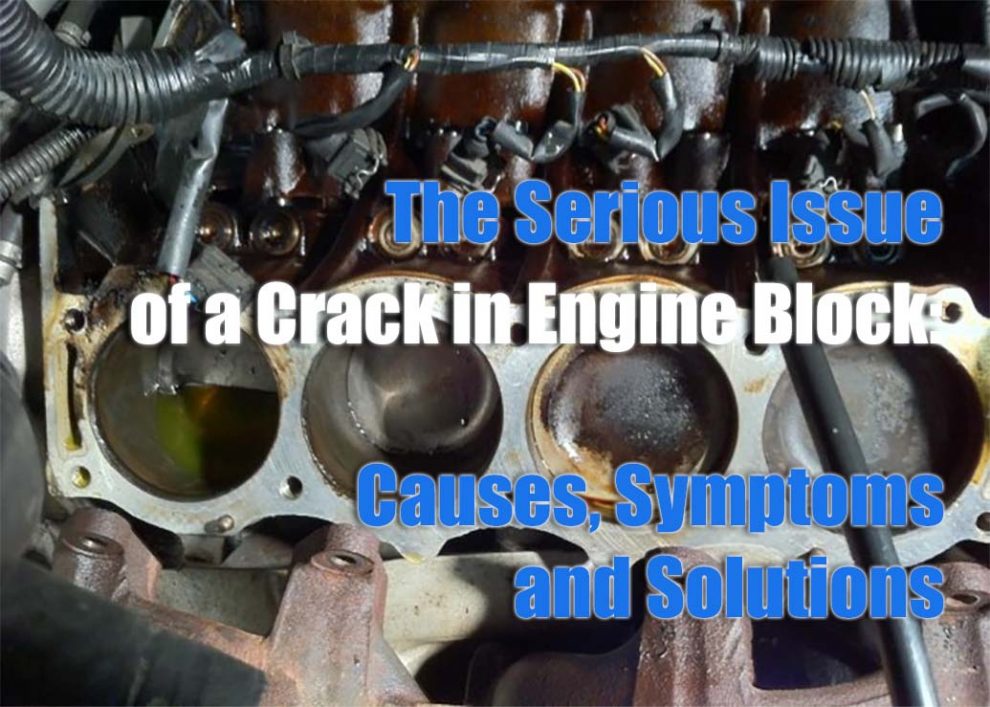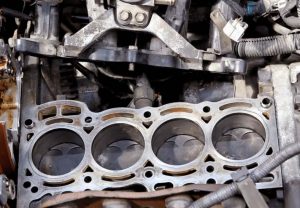At the core of your vehicle’s operation lies the engine block, often described as the engine’s ‘heart.’ As the structure accommodating vital engine components, including the cylinders, coolant passages, oil passages, and sometimes the camshaft, its role is paramount. This solid base upon which the engine is assembled and operates must remain intact for the vehicle to function effectively. Any compromise to this foundation, such as a crack in the engine block, can significantly impair the vehicle’s performance, fuel efficiency, and safety. Thus, an awareness of this problem’s causes, symptoms, and solutions is essential for every vehicle owner.
Several factors can lead to the undesirable development of a crack in the engine block. One of the most common causes is overheating, often due to a faulty cooling system, low coolant levels, or aggressive driving without sufficient cooling breaks. Additionally, flaws in the engine’s assembly or poor casting during the manufacturing process can contribute to this issue. Damage from accidents or collisions, causing extreme physical stress to the engine, can also result in a crack in the engine block.
Recognizing the Warning Signs: Symptoms of a Crack in Engine Block
Identifying the symptoms of a crack in the engine block may be challenging but is not impossible. There are various signs to watch out for, which indicate a possible crack:
 Frequent overheating of the engine
Frequent overheating of the engine- Reduced engine performance
- Visible cracks on the engine block’s surface
- Coolant or oil leaks from the engine block
- Emission of smoke or steam from beneath the hood
It’s essential to consult with a professional mechanic for a complete engine inspection upon noticing these symptoms. This is because they could signal other engine issues as well.
Handling a Crack in Engine Block: Diagnosis to Repair
Addressing a suspected crack in the engine block requires immediate and appropriate action. Various diagnostic procedures, like a leak-down test or a dye penetrant test, can help determine if there is indeed a crack. Once confirmed, the repair strategy will depend on the severity and location of the crack. Minor cracks, accessible and not compromising the structural integrity of the block, might be repairable via welding or metal stitching. However, these techniques require skilled professionals. In cases where the crack is severe or if the engine block is beyond repair, a complete replacement might be necessary. After such major repairs, performance can be optimized using specialized tools, such as the Best Cold Air Intake for Nissan Frontier discussed in another article.
Proactive Measures: Preventing a Crack in Engine Block
Prevention is always better than cure, and preventing a crack in the engine block is largely about adherence to regular maintenance and developing careful driving habits. Several measures can be taken to minimize the chances of a crack:
- Ensuring the cooling system is functioning optimally
- Regularly checking and maintaining appropriate coolant levels
- Avoiding aggressive driving, particularly when the engine is cold
- Following the vehicle’s servicing schedule as recommended by the manufacturer
The Final Word
In conclusion, a crack in the engine block is a significant concern for any vehicle owner. Understanding its implications, recognizing the warning signs, and knowing the appropriate actions to take are all essential aspects of maintaining your vehicle’s optimal performance and longevity. Emphasizing regular vehicle maintenance, careful driving, and using performance-enhancing devices can significantly prevent issues like a cracked engine block and enhance overall vehicle performance. Regular maintenance and prevention practices will not only extend the lifespan of your vehicle but also contribute to safer and more efficient driving experiences.


 Frequent overheating of the engine
Frequent overheating of the engine
Add Comment